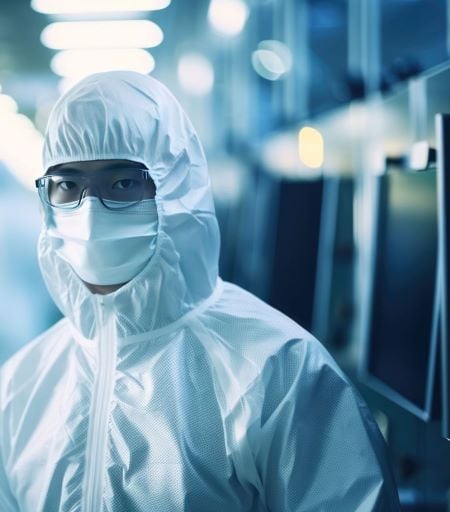Evaluation of Contamination of Power Semiconductor Device Wafers
Hiroshi Kohno, Rigaku Journal 29(1), 9-14, 2013
Introduction
TXRF spectrometers are widely used as evaluation instruments for measuring contamination in the semiconductor fabrication process. This is mainly because the TXRF technique allows non-destructive analysis for almost all elements (Na~U) in the periodic table.
TXRF spectroscopy is possible due to the property of X-rays as they irradiate a at surface, such as a Si wafer or glass. Each material has a unique critical angle. If the incident angle of the X-rays is above the critical angle, the X-rays penetrate the surface deeply; if the incident angle is smaller than the critical angle, the X-rays are reflected off the surface totally, or what is termed total reflection. In the total reflection condition, any fluorescence X-rays will occur only from contamination on the surface and the surface material will not add background noise to the measurement. The penetration depth of the incident X-rays under the conditions of total reflection is theoretically around 5 nm, and thus TXRF is classified as a surface analysis. Metal contamination evaluation of SiC wafers by TXRF for power device applications is examined in this paper.
Recommended Rigaku semiconductor metrology tools

Contact Us
Whether you are interested in getting a quote, want a demo, need technical support, or simply have a question, we're here to help.
